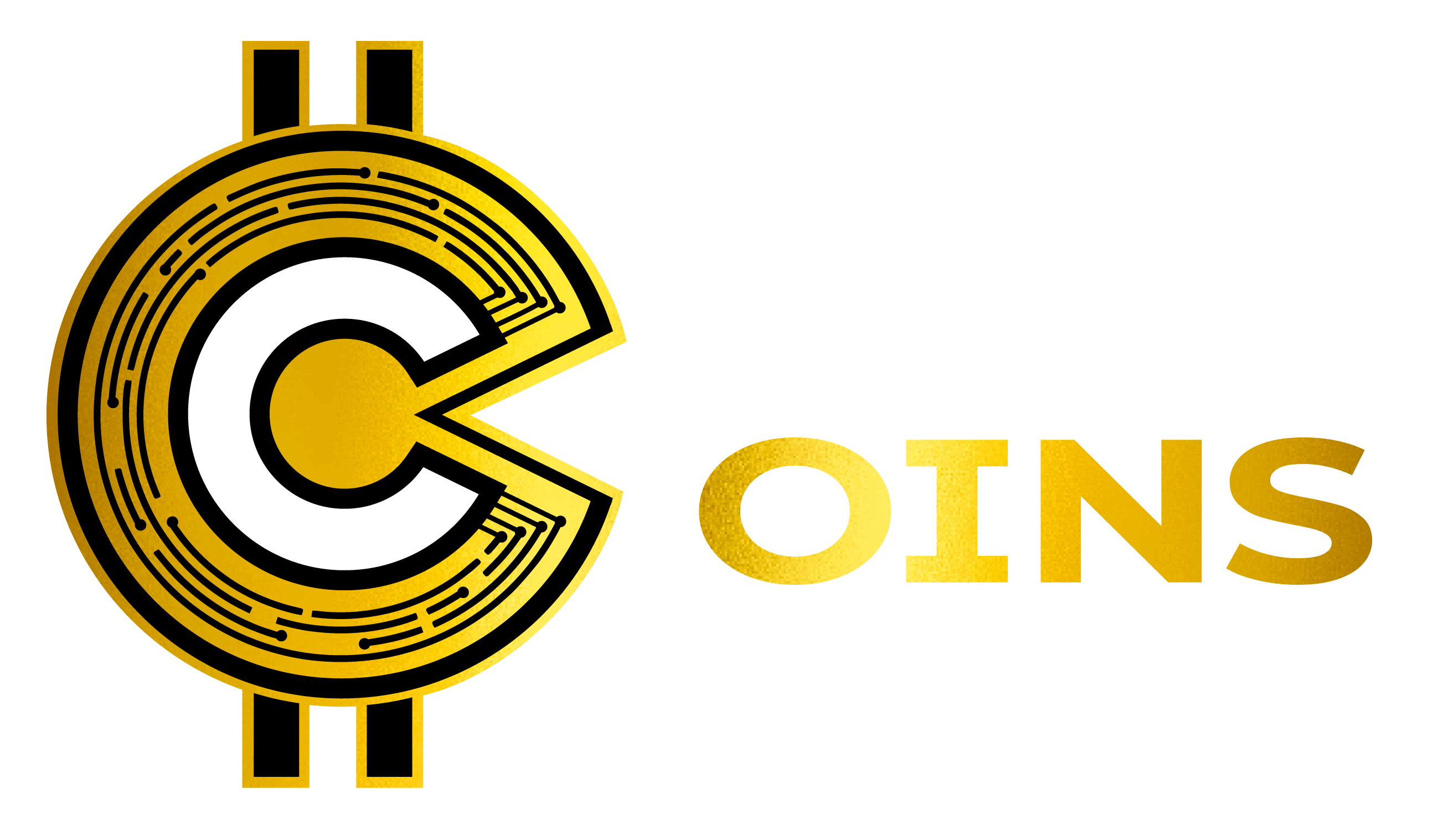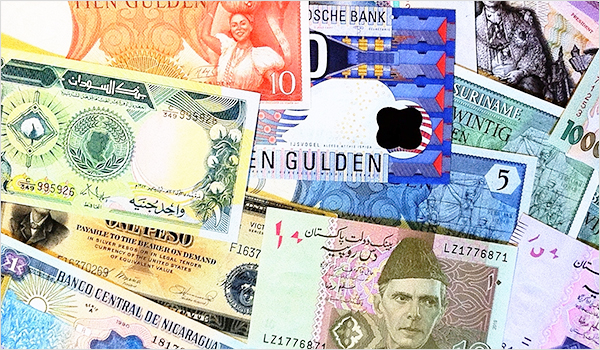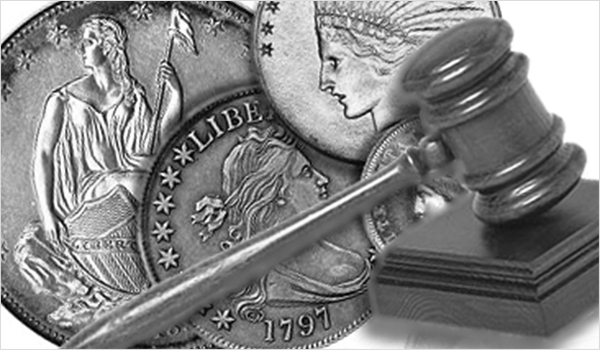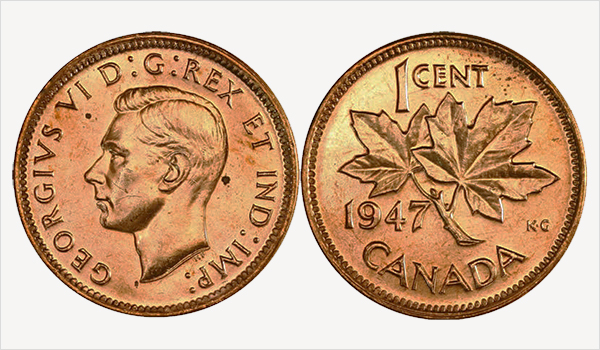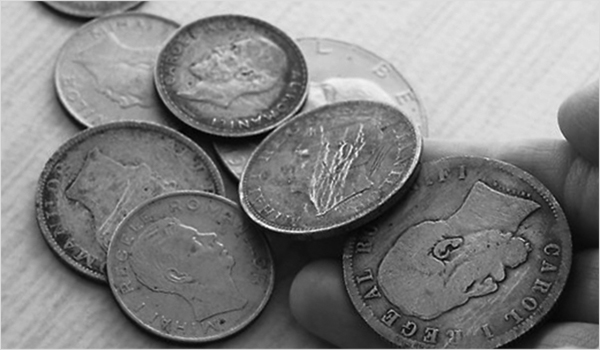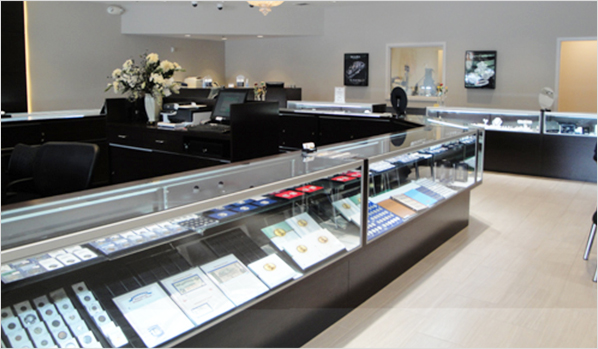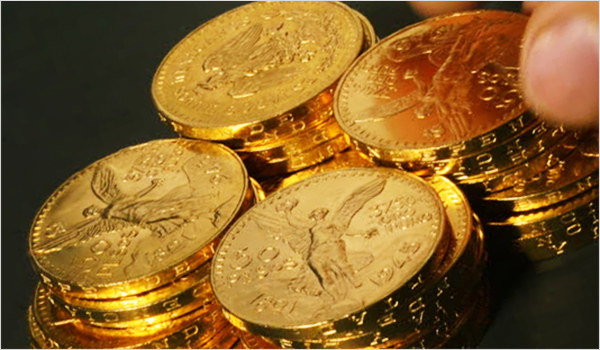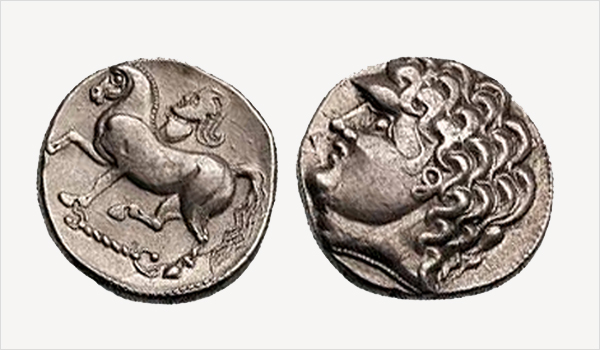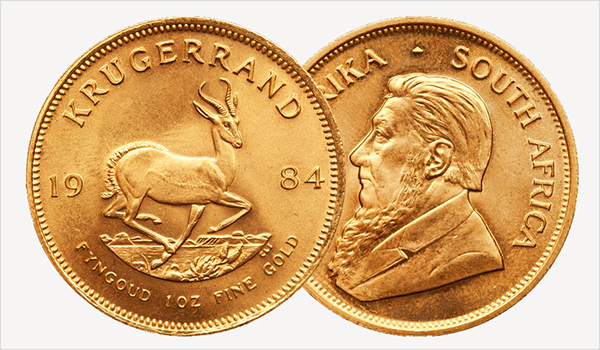Bank notes, as money, have evolved through time. Before, banknotes were originally an I.O.U. or a promise to repay a lender in gold, silver, or other bullion.
The emergence of the internet has brought both advantages and disadvantages to the coin collecting market. The web has made buying and selling coins more convenient and easier.
These mints produce not only coins for everyday use but also commemorative coins, bullion coins, and collector's items. The quality and precision of coins produced by mints are essential for maintaining trust in a country's currency system.
Coin collecting for beginners can be both enjoyable and challenging. Discovering coins of different sorts and class is fun but it may also be hard to maintain and organize a confused mixture of collectible coins.
The emergence of the internet has brought both advantages and disadvantages to the coin collecting market. The web has made buying and selling coins more convenient and easier.
Celtic coins refer to the ancient coins that were minted by various Celtic tribes or societies during the Iron Age and into the early Roman period. Celtic coins are notable for their unique designs, often abstract and stylized, as well as the cultural and historical insights they provide.
Numismatic article on the rare Mexican coins such as the gold escudo, centenario, libertad, and hidalgo. Learn about the low premium rates of the 50 pesos oro gold coin.
Crafting Celtic coins was a meticulous and skilled process that reflected the artistic and metallurgical capabilities of the Celtic tribes. These coins not only served as a means of exchange but also bore the intricate designs and symbols.
Numismatic article on the first bullion coin with 1-oz gold content. Learn why the South African Krugerrand is considered legal tender without a face value. Read about the new denominations of the gold Krugerrand.
